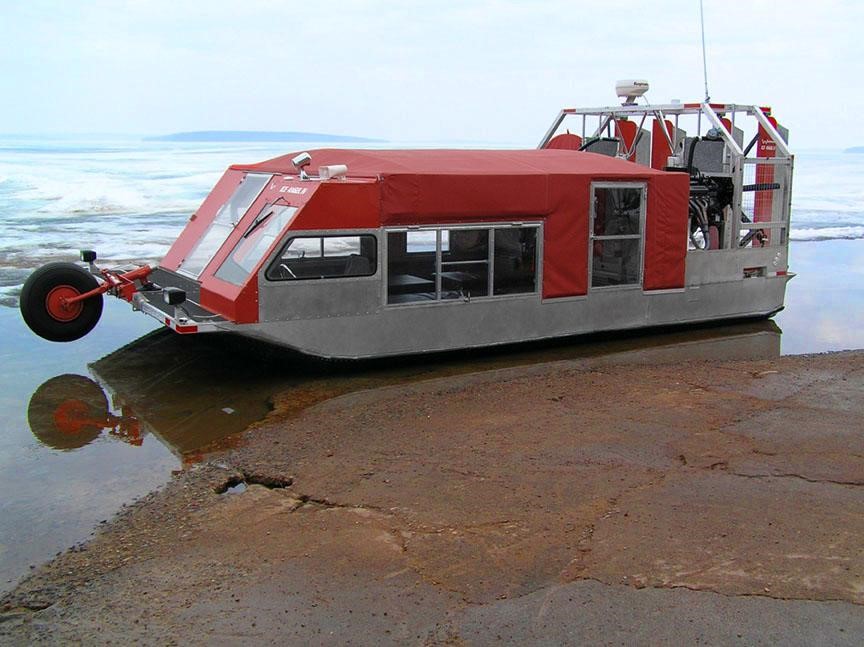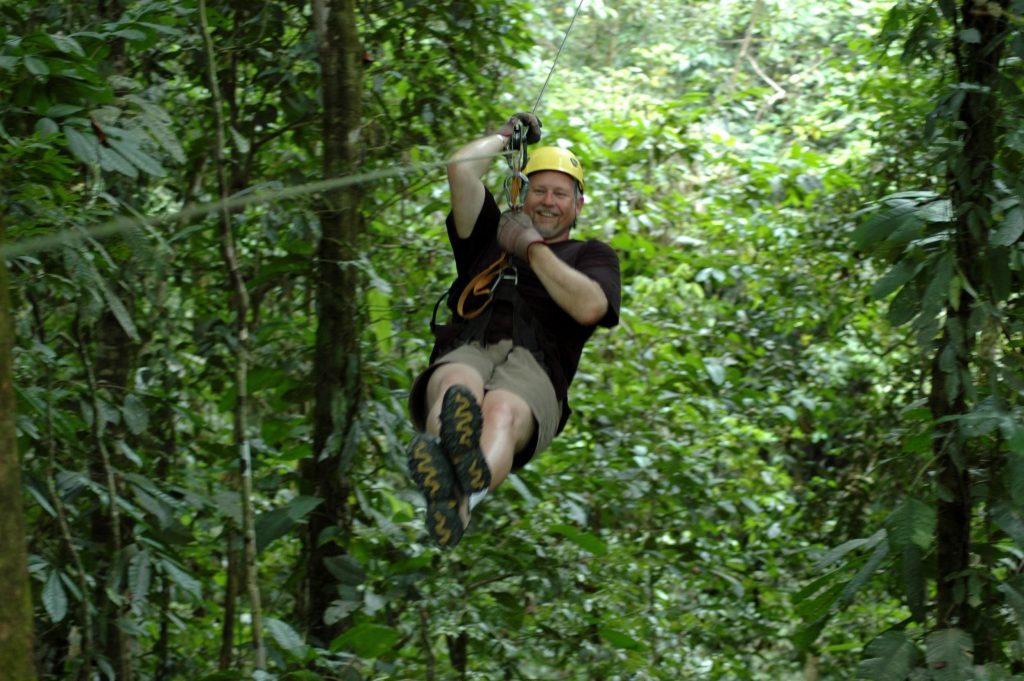InTrans / Jun 30, 2016
Exploring the Americas: Unique transportation
Go! Magazine
 posted on June 30, 2016
posted on June 30, 2016
When it comes to getting from Point A to Point B, different parts of the world call for different means of transportation.
In Europe, we saw transportation at great heights, and in Asia, we saw how transportation can be different in countries that stay warm year-round.
For some of us, myself included, the Americas are a little closer to home. Let’s take a closer look at North, South, and Central America, where there is no shortage of culture, tradition, and experiences to be had!
Take me to Wisconsin, United States
First, we’ll stop in North America.
For some of us, Wisconsin may be closer to home than our trips to Europe and Asia. Wisconsin is located in the northern United States, separated from Canada by Lake Superior.
At the northern tip of Wisconsin, on the shore of Lake Superior, is the Apostle Islands National Lakeshore, established in 1970. Consisting of the 22 Apostle Islands and shoreline encompassing 69,372 acres, the shoreline is governed by the National Park Service.
Of the 22 Apostle Islands, Madeline Island is the only one that is inhabited. In the summer, Madeline Island is connected to the mainland by ferry. But during winter months, when Lake Superior freezes over, all that’s left is a two-mile “ice-highway” for crossing.
During winter months, when ice conditions allow, the ice road is opened to vehicle traffic from the mainland, across the frozen surface, to Madeline Island. This ice road is considered an extension of the county highway and, after Christmas, is notably marked by resident’s Christmas trees.
But when the water is too thick for the ferry, and the ice is too thin for vehicle travel, inhabitants of Madeline Island must rely on windsled to get to and from the mainland.

The windsled typically runs for about a six-week period in the early spring and winter months, making special trips at 7 and 8 a.m. for “school kids only.” The windsled, also called an “Ice Angel,” has a flat bottom and uses two large fans to propell the vehicle forward.
Take me to Costa Rica
Next, let’s travel to Central America.
Costa Rica is a country between North and South America, located on the Central American isthmus between the Pacific Ocean to the west and the Caribbean Sea to the east. Costa Rica has an estimated population of about 4.5 million people and serves as a popular destination for ecotourism or “green travel.”
Costa Rica is filled with a rich variety of plant and wildlife; we could experience volcanoes, beaches, national parks, cloud forests, hot springs, and even the rainforest! The rainforest is where we find our next unique form of transportation—we could travel right through it—via zipline!

So, what’s a zipline? A zipline is like a pulley system—usually suspended on a stainless steel cable—which is mounted on a slope and designed to enable its users to be propelled down the cable using gravity to get to the bottom. Users travel down the inclined cable by either holding on to or being attached to it!
Ziplining activities (also called canopy tours) are available throughout Costa Rica in nearly all the tourist hotspots, but the most popular tours among travelers are said to be in Arenal and Monteverde because of the lush, green, natural settings of these two spots. Ziplining is not exclusive to the rainforests in Costa Rica, but the view certainly is!
Take me to Lake Titicaca, Peru
For our final destination, we’re taking a stop in South America.
It’s time to travel to Peru, a country in western South America with an estimated population of 31.2 million people. In Peru, we can find unique transportation floating along the waters of Lake Titicaca, a mountain lake found in the Andes located between Bolivia and Peru.
In South America, totora reeds grow specifically around Lake Titicaca and Easter Island. These reeds have been used by various pre-Columbian South American civilizations to build reed boats called “balsa,” which are still being used on Lake Titicaca today.

The Uros—indigenous people who still live on Lake Titicaca now—live on man-made floating islands scattered across the lake. The islands, constructed from totora reeds, can each support 3 to 10 houses, which are also built from totora reeds.
Then, there are boats built from the totora reeds, too. The Uros people use them for fishing and hunting seabirds. These reed boats, or rafts, are some of the oldest types of boats known to man but are used in only a few places around the world in modern times.
Related links
The Windsled: https://www.youtube.com/watch?v=EKZFRWYsXBw
Zipline: https://www.youtube.com/watch?v=OO1WVCzviGw
Reed Boat Builders: https://www.youtube.com/watch?v=m9p14LR_9Lk
By Hannah Postlethwait, Go! Staff Writer